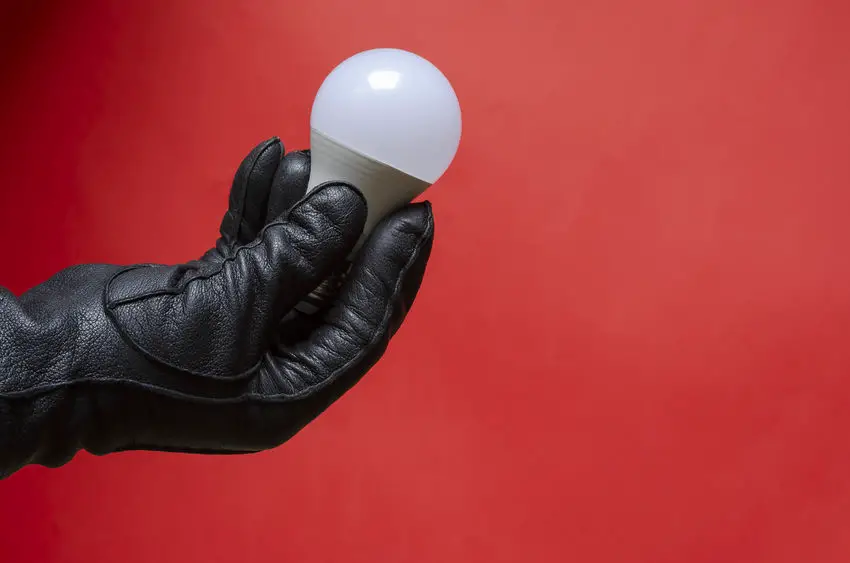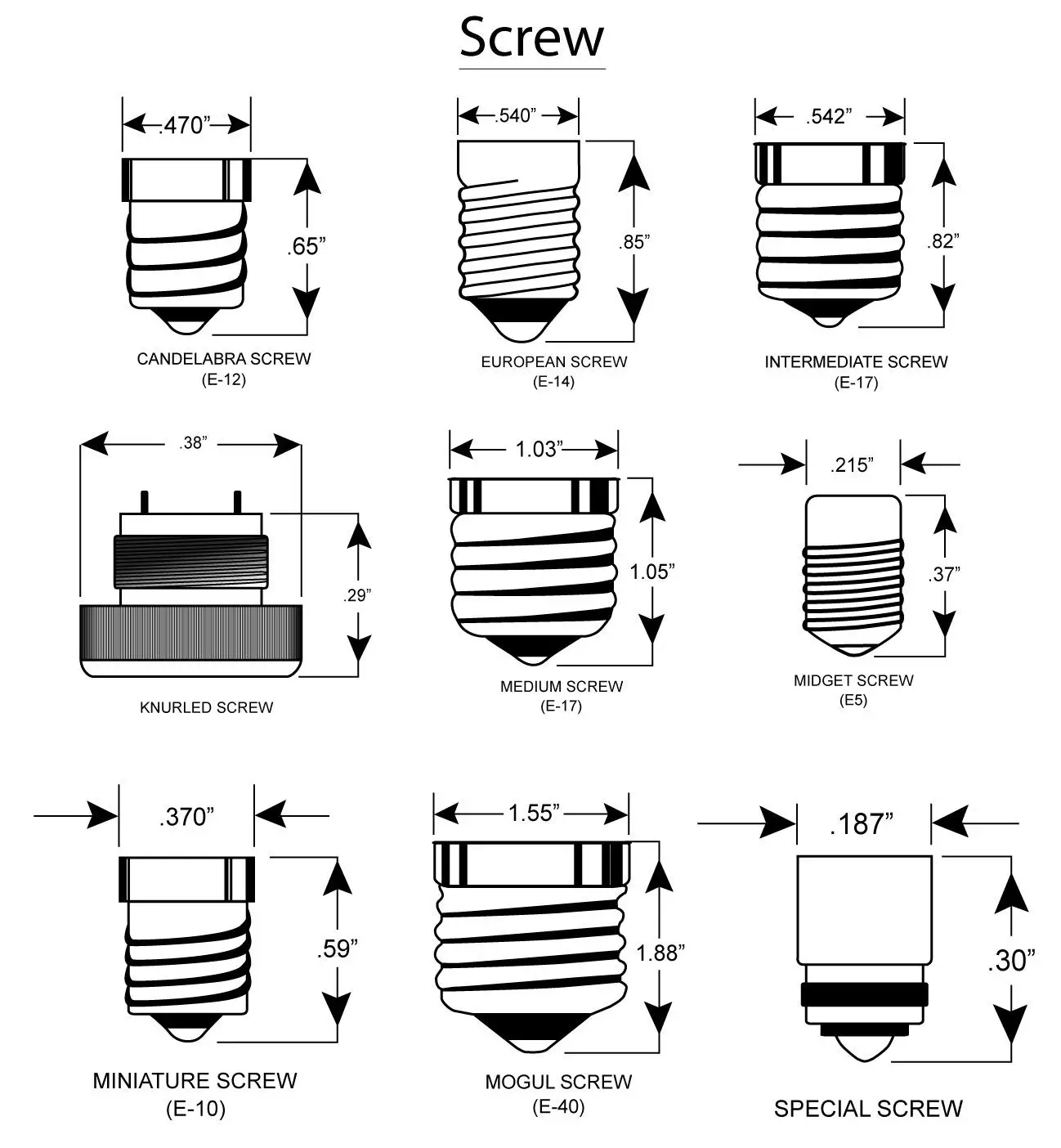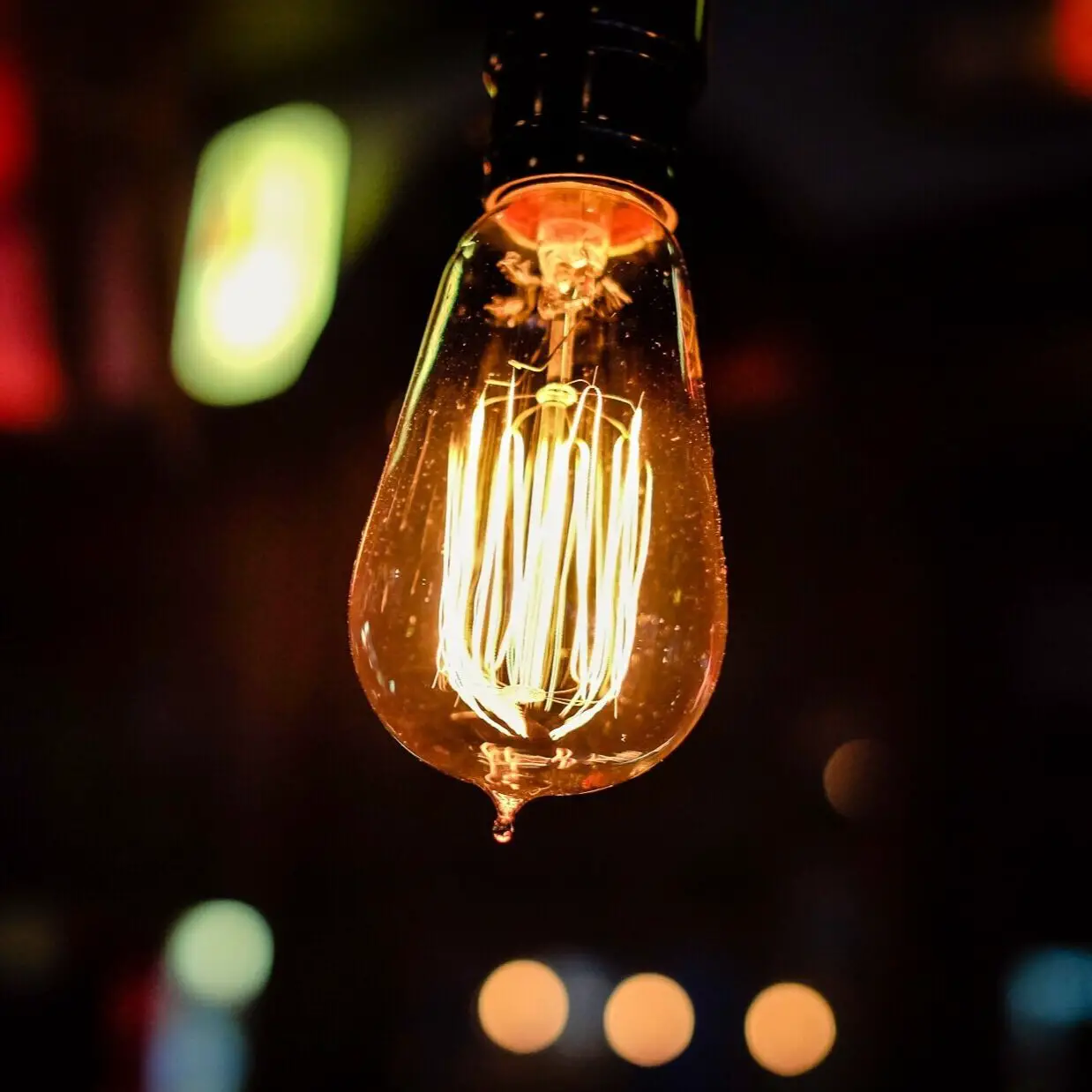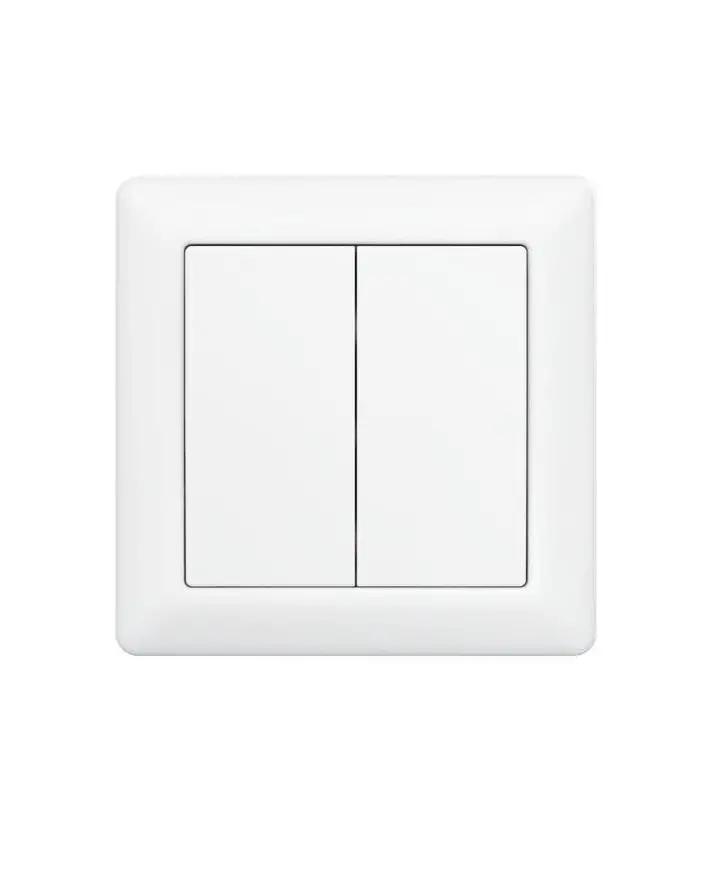Should You Wear Gloves When Changing A Light Bulb?
If you’re in the process of changing a light bulb you might be considering whether or not you should be wearing a glove while doing this. Is it even necessary in the first place?
When changing a light bulb you may want to use a rubber glove. This is because humans naturally create oils and salts on our skin, such as hand sweat and when these substances end up on the surface of bulbs like halogen bulbs it can drastically decrease their lifespan and light output.

Why Wearing A Glove Can Be Important When Handling Bulbs
As mentioned, the reason why using a glove can be important for switching light bulbs is due to the skin oils and salts we produce.
The main substances that contribute to this are sebum and sweat. While sebum isn’t naturally formed on the palms of your hands it is formed practically everywhere else on your body. Sweat can always be found on your hands to some degree, which contains salt.
When these oils and salts end up on the surface of the bulb in the form of fingerprints on light bulbs that run at extreme temperatures there are a few things that will occur.
Firstly, it will cause the heat generated by the bulb to not dissipate evenly.
When completely unobstructed a bulb is designed to dissipate its heat evenly throughout the entire bulb, but when parts of it get blocked by various oils and salts it will cause heat to build up in these spots since it can’t escape like it once could.
This will cause that specific part of the bulb to heat up a lot more than the rest of the bulb, which itself causes instability in the bulb and can cause it to shatter or possibly even explode. Click here for a full list of reasons why light bulbs may explode.
Another thing that can come out of that is that the oils will simply start to boil and burn. As you can imagine, a burnt spot on the surface of a light bulb will have a few negative consequences.
The blackened surface on the bulb will make it so that less light and heat can escape the bulb, causing its inefficiency to increase.
These are all reasons why using a glove would be suitable for changing certain bulbs, because not doing so can have a significant impact on the bulbs’ quality and service life.
What Bulbs Should You Use A Glove For While Changing?
As previously mentioned, using gloves to change light bulbs can be appropriate when changing lights that generate a lot of heat as part of their light generation process. Bulbs this applies to include:
- Incandescent bulbs
- Halogen bulbs
- Non-LED car headlight bulbs
- Sodium bulbs
These bulbs build up a lot of heat as a side effect of creating light, which means that wearing a glove when touching them would be appropriate.
Incandescent bulbs reach around 2500 °C (4600 °F) in the tungsten filament within it that glows and gives off light. Halogen bulbs operate at an even hotter temperature, reaching temps as high as 2700 °C (4892 °F). Non-LED car headlights tend to use halogen bulb technology as their construction, meaning they reach similar temperatures.
While the filaments inside these bulbs reach extreme temperatures the bulbs themselves don’t reach temperatures that high. Most bulbs will reach a temperature of roughly 260 °C (500 °F) due to heat dissipation. This also applies to sodium bulbs.
While the temperature on the surface of the bulb is far less than that inside of it, it is still more than hot enough to make oils burn. Keep in mind that the boiling temperature of water is only 100 °C (212 °F) and that most cooking oil’s smoke points are below 250 °C (482 °F).
With this said, the temperature that the surface of the bulbs reaches for these particular bulbs makes it suitable to use a glove when handling them. Using a glove would ensure no oils would interfere with the quality of the bulb.
While all of this is true, you could get away with not using a glove if you are willing to deal with the consequences mentioned. For example, in many households all over the world, there have been many incandescent and halogen bulbs changed without the use of a glove.
While the lifespan of these bulbs was most likely shorter than those that used a glove, they still served their purpose for as long as they were alive. This is simply a risk you have to calculate yourself. For car headlights though it is almost always recommended to wear a glove.
What Bulbs Don’t Require Using A Glove While Changing?
After talking about which bulbs a glove would be suitable for while changing we can look at some bulbs for which you don’t need a glove to change. The main bulbs this applies to are:
- Fluorescent tubes
- CFL bulbs
- LED tubes
- LED bulbs
The reason why these bulbs don’t require any form of gloves at all while handling them is mainly that these bulbs don’t reach nearly as high temperatures as the bulbs mentioned above do.
Fluorescent lighting tends to reach temperatures of around 80°C (180°F) and LED technology reaches temperatures between 20-80 °C (68-140°F) depending on how good its available options for heat dissipation are.
These temperatures are drastically lower than that of halogen bulbs, which come out to be over 30 times as hot as fluorescent lights.
For this reason, it would be quite unnecessary to use a glove while changing out these bulbs since they don’t get hot enough to react to the skin oils anyway. That said, it never hurts to be cautious and careful with your lighting.
What Gloves Are Best For Changing Light Bulbs?
As for what glove to use when changing out light bulbs there are many viable options. As long as the glove is clean and you can maintain a good grip on the bulb there are many glove types that could work. Some examples of gloves that would be suitable are:
- Latex gloves
- Vinyl gloves
- Rubber gloves
- Leather gloves
While these gloves and other gloves with similar characteristics would be best suited for the job, there are also other options that could work.
In a pinch, you could probably make do with oven mittens, winter gloves or any other type of hand cover you have available to you.
Just be aware that in the process of using alternate solutions you are more likely to accidentally end up with skin oils on the bulb anyway, as well as potentially compromising the grip you have on the bulb while handling it.
When Gloves Are Appropriate For Changing Light Bulbs
As for when gloves are appropriate to use it can depend on a few factors. The first one we will consider here is if the bulb in question is being changed inside or outside.
For bulbs that are mounted anywhere outside, it would be wise to use a glove while handling them. While it limits the number of skin oils you put on the surface of the bulb, it also prevents you from accidentally contaminating it with any other debris or dirt that could interfere with the bulb’s service life.
This especially applies to car headlights. If the light you are changing it to is LED it would be okay to simply use your bare hands to change it, but if the bulb uses any other form of lighting technology I would strongly recommend you make use of gloves.
A car’s headlights are very important and should not be compromised. Taking extra caution here can save you a lot of headaches if you end up in a situation where the light breaks due to instability in the glass that originates from skin oils.
Another aspect to consider is simply what we have been talking about all along, what type of bulb it is. If it is a bulb that to your knowledge gets very hot as a result of it producing light, it would be wise to use gloves while changing them out. This applies especially to halogen bulbs. Click here for a full article on why you shouldn’t touch halogen bulbs with your bare hands.
Summary
To summarize, here are some of the important takeaways from this article.
- The oils and salts from our skin can have a lot of negative impacts when they find their way to the surface of a bulb. Some of these effects are the oils burning a mark in the glass and potentially popping/exploding.
- Bulbs that don’t get hot at all don’t require the use of a glove to change.
- While a lot of gloves can work you are best off with something that allows you to grip the bulb properly, such as leather or rubber.





